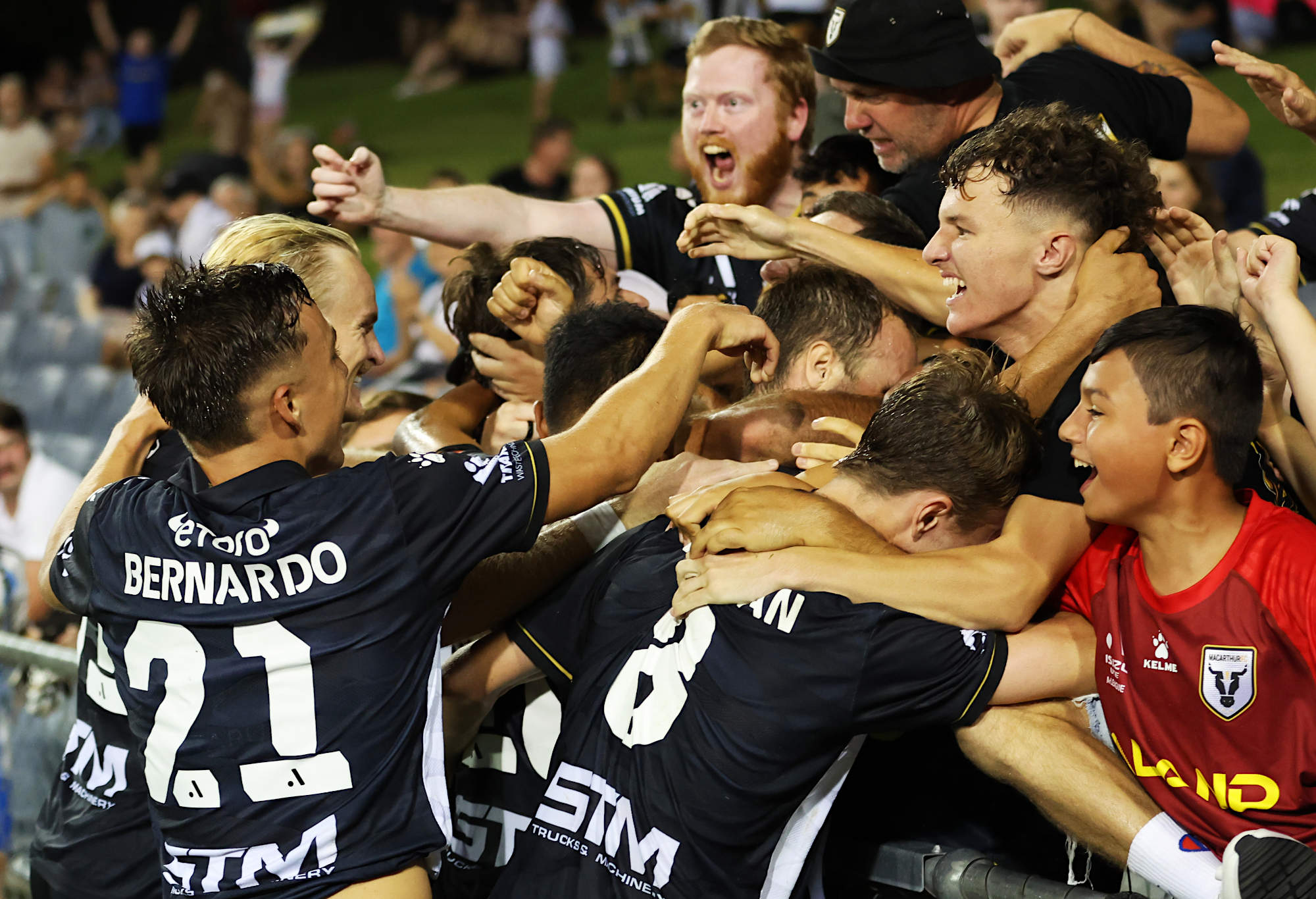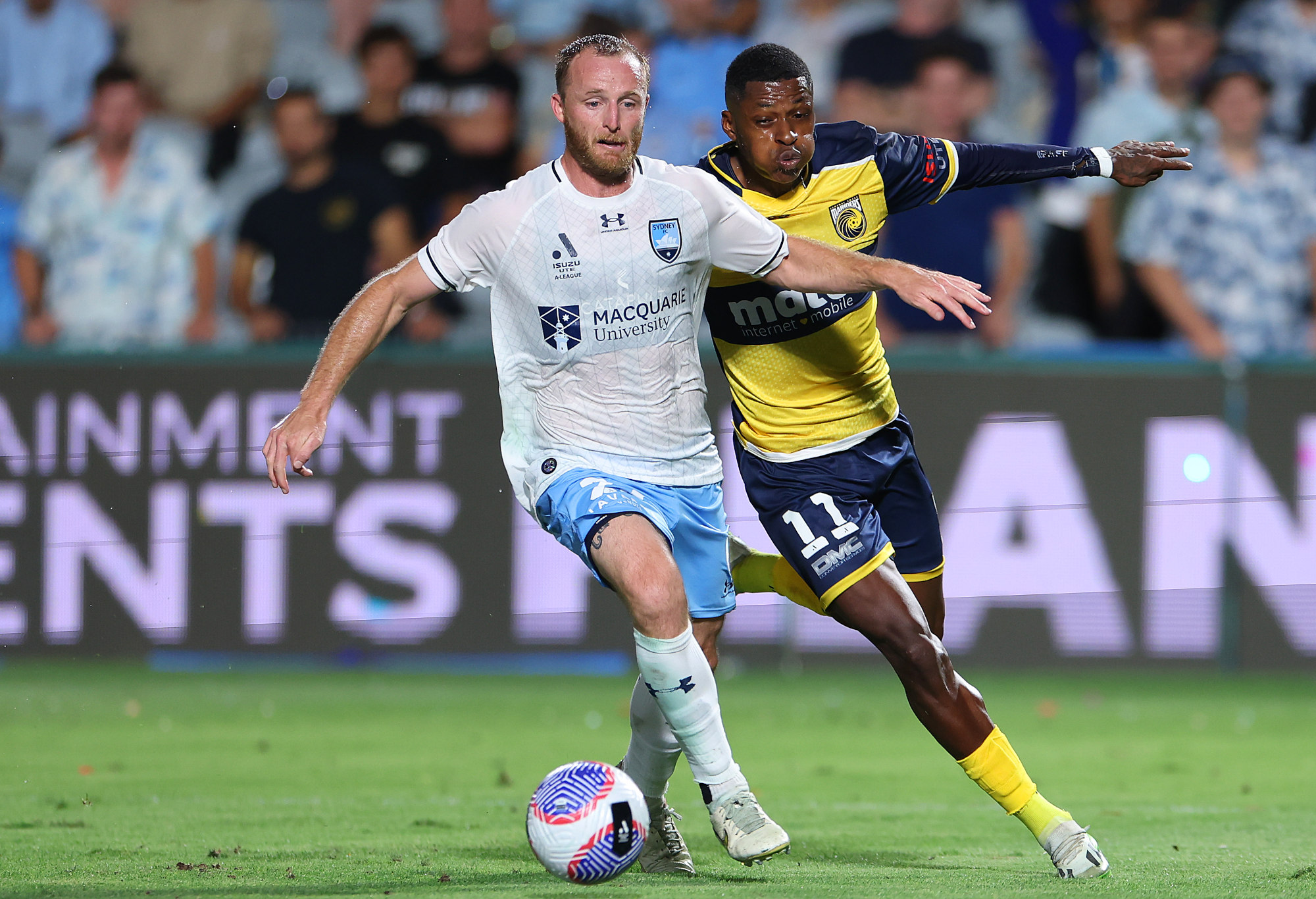Roar Rookie

What was rumoured is now officially confirmed.
The APL distribution to clubs is now $530,000 a year – a mere quarter of the salary floor – and clubs are projected to collectively lose a whopping $20 million next year.
Although no clubs are in danger of folding, this does seem to put the medium-term viability of the A-League under the microscope.
I believe there are some low-hanging fruits for the A-League clubs to implement in order to make the A-League viable.
I’m not sure how much the VAR costs, but richer leagues than us worry about the cost.
Although I do not have Australian numbers, in England the cost is around AU$20,000 per game.
It is costing the league enough that scrapping it alone could increase the distribution by a couple of hundred thousand a year.
I have no gauge of how popular the VAR is, though anecdotally I find it is as popular as a root canal.
But for those who love it, do you love it enough to risk the financial viability of the league?
Although most leagues make the majority of transfer money from richer leagues, transfers from smaller clubs to richer clubs within a league can help keep the lights on.
Auckland and City both have rich enough owners that I suspect they would be interested in raiding smaller clubs.
The PFA have pushed back against a domestic transfer system, but surely they know it is in their interest to be flexible here. There is no PFA without a professional league.
The PFA has worried about how a domestic transfer system is compatible with a salary cap.

Macarthur FC players celebrate a goal with fans. (Photo by Mark Metcalfe/Getty Images)
I know this idea will get a lot of pushback, but the genius of a luxury tax system is that instead of reining in the ambition of rich clubs like a salary cap system, or letting them get complacent being able to buy trophies, it uses the ambition of your richer clubs to fund the weaker clubs.
Again, if small clubs get a few hundred thousand a year from a luxury tax, it all adds up.
The first three steps in my seven-point plan could already recuperate nearly half of what was cut in the distribution.
For the football purists out there, a luxury tax is also easier to combine with some mythical future connected pyramid.
I have not been able to confirm this from an official source, but my understanding is that current PFA regulations restrict how often A-League clubs can send players to high schools and grassroots clubs to do outreach.
In fact, we allegedly do significantly less outreach than the AFL.
Every club needs to consider 60 schools and 60 grassroots clubs in their local area and send a couple of players to each club or school once a season to kick the footy around with some kids and sign autographs.
A rusted-on fan is worth around AU$400 a year in ticket prices if they attend home games regularly.
A single rusted-on fan per outreach event is cumulatively worth $50,000 a year.
Within a few years, this could add up fast in improving the clubs’ financial fortunes.

(Photo by Jeremy Ng/Getty Images)
Clubs need to systematise that with long-term contracts for young players and give players minutes BEFORE they add on-field value to a team.
Ideally, there are two Under 17 players who are being fast-tracked to get at least 1000 minutes before they turn 18, two who are competing for starts in the 18-20 bracket and two who are being polished and ready for sale (some more detail of this strategy was given in this thread by the ever-informative Aussie scout).
Adelaide United’s recent sale of Nestory Irankunda, Joe Gauci, Giuseppe Bovalina and Alexandar Popovic is enough to cover the salary floor many times over.
There is no reason other clubs can’t do the same. The third division of England makes about AU$2million a year per club in transfers.
The second division in Belgium made three times that last year. The cash is out there, to not just cover the salary floor, but exceed it.
Again, this might require a change in regulations from the PFA, but if Channel 10 is willing, the clubs should offer players to promote every game show, every reality TV show, quiz show and morning show.
Channel 10 loses nothing, but even a small increase in visibility is free marketing which again could increase crowds and viewership.
I want to know who Joe Lolley’s favourite Survivor contestant is…
Well, not really, but I’d love to see him pretend he watches the show.

Rhyan Grant of Sydney FC and Angel Torres of Central Coast Mariners challenge for the ball. (Photo by Mark Kolbe/Getty Images)
The A-League started losing crowds when it took the side of the football-unfriendly parts of the media every time active support was demonised or fans were roughed up.
This seventh point is, however, perhaps the trickiest as it isn’t as simple as siding with active support all the time.
Flares are illegal in Australia outside of maritime use, no one wants to have a fan king hit and we could do with at least one less bucket man invading the pitch.
However, the recent SBS documentary “Came from Nowhere” revealed that it was not just anti-social behaviour banned but some pretty petty stuff that effectively makes passion a crime.
This last season also saw some pretty worrying footage of what appeared to be over-policing.
This isn’t easy as it takes genuine skill and nuance from the APL and the individual clubs to know when to defend and advocate for their most passionate fans while weeding out the genuine anti-social behaviour.
I have listed things that I think at minimum do not harm the league and at best might even grow the league.
As much as I am worried about the A-League’s future, I hope this provides a chance for the league to do what would be best for it anyway so that if a better TV deal comes around, the A-League will be stronger than ever.